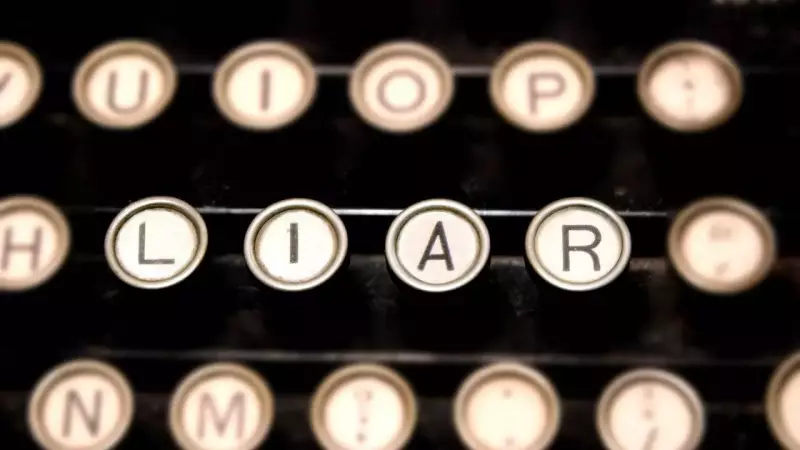
Ever wondered if someone is being truthful with you? The secrets to detecting deception might be hiding in plain sight - in the very words people choose. Psychological research has uncovered fascinating patterns in language that can reveal when someone isn't being completely honest.
The Language of Deception: What Science Reveals
According to psychological studies, liars often unconsciously modify their speech patterns in predictable ways. These verbal cues provide valuable insights into someone's truthfulness, whether in personal relationships, professional settings, or everyday conversations.
Key Verbal Indicators of Deception
1. The Pronoun Shift
Liars tend to use fewer first-person pronouns like "I," "me," and "my." This psychological distancing helps them separate themselves from the false narrative they're creating.
2. Negative Emotion Words
Deceptive speech often contains more negative emotion words such as "hate," "worthless," or "angry." This reflects the subconscious discomfort associated with lying.
3. Simplified Stories
Contrary to popular belief, liars typically provide less complex stories with fewer details. They avoid creating elaborate narratives that might contain inconsistencies.
Practical Techniques for Spotting Lies
Listen for Exaggerated Certainty
When people overemphasize their honesty with phrases like "to be perfectly honest" or "I swear to God," it might indicate they're trying too hard to convince you.
Watch for Evasive Language
Notice when someone avoids direct answers or deflects questions. This indirect approach often signals discomfort with the truth.
Monitor Consistency
Ask the same question differently at various points in the conversation. Inconsistent details often reveal deception.
What About Body Language?
While many focus on physical tells, research shows verbal cues are often more reliable indicators of deception. Words leave a psychological paper trail that's harder to fake than body language.
Applying This Knowledge in Real Life
Understanding these psychological patterns can improve your relationships and communication skills. However, experts caution against becoming overly suspicious. These indicators should be considered as patterns rather than absolute proof of deception.
Remember that context matters, and some people might display these verbal patterns due to nervousness or other factors unrelated to dishonesty. The most effective approach combines awareness of these psychological cues with overall context and relationship dynamics.





